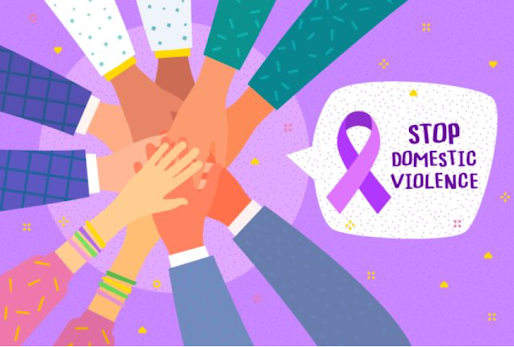by Rosabel Zohfeld, APRN, MSN-Ed, FNP-C
Reading is a fundamental and robust activity that plays a crucial role in personal, intellectual, social, and cultural development. The importance of reading cannot be overstated. Reading can profoundly impact individuals and society as a whole. Here are some key reasons why I think reading is essential:
- Knowledge and Learning: Reading is one of the primary ways we acquire knowledge and learn about the world. It exposes us to various information, perspectives, ideas, and experiences. We can understand different cultures, historical events, scientific discoveries, and much more through reading.
- Critical Thinking and Analytical Skills: Reading encourages critical thinking and helps us develop analytical skills. It requires us to comprehend, evaluate, and interpret information, fostering a deeper understanding of the material and improving our critical thinking ability.
- Vocabulary and Language Development: Reading exposes us to new words, phrases, and sentence structures, enhancing our vocabulary and language skills. A richer vocabulary improves communication and allows us to express ourselves more effectively in writing and speaking.
- Empathy and Understanding Others: Reading literature, especially fiction, helps us understand characters' thoughts, feelings, and experiences from diverse backgrounds and cultures. Reading cultivates empathy and a broader understanding of human emotions and behaviors.
- Mental Stimulation and Cognitive Health: Using written material stimulates the brain, improving cognitive function and memory. Regular reading reduces the risk of cognitive decline and conditions like Alzheimer's.
- Stress Reduction and Relaxation: Reading can be a means of escaping the stresses of daily life. It provides a way to relax, unwind, and transport oneself to different worlds, allowing for a break from reality and promoting mental well-being.
- Improves Focus and Concentration: Reading demands concentration and focus, skills that can translate to other areas of life. Concentrating and sustaining attention is crucial for productivity and success in various endeavors.
- Enhanced Imagination and Creativity: Reading encourages imagination and creativity by exposing us to imaginative worlds, characters, and scenarios. It fuels creativity and expands our capacity to think beyond the conventional and envision new possibilities.
- Personal Growth and Self-Improvement: Reading self-help, motivational, or inspirational books can aid personal growth and self-improvement. It provides guidance, strategies, and advice on overcoming challenges, setting goals, and becoming a better version of ourselves. Books often offer insights into human behavior, personal development, and self-improvement. Reading self-help or motivational books can inspire individuals to set goals, overcome challenges, and work towards becoming the best versions of themselves.
- Social Connection and Communication: Sharing and discussing books can foster social connections and provide a platform for meaningful conversations. Book clubs, for example, encourage dialogue, diverse perspectives, and a sense of community.
- Connection with Humanity and History: Through historical texts and literature, readers can connect with the experiences, struggles, and triumphs of people from the past. This connection to history and humanity fosters a sense of belonging and awareness of our collective journey.
- Better Decision-Making: Reading exposes individuals to different perspectives and diverse viewpoints. This diversity of thought enhances critical thinking and decision-making skills by providing a broader range of considerations and options.
Reading is a cornerstone of education, personal development, and societal progress. It enriches our lives, broadens our horizons, and equips us with the knowledge and skills to navigate the world's complexities.
Reading is often touted as one of the most rewarding activities a person can engage in. The benefits of reading extend far beyond mere enjoyment; it is a practice that can profoundly shape and enhance our lives in numerous ways. Here are compelling reasons why people should read more:
Reading is a timeless and invaluable activity that enriches the mind and nourishes the soul. It's a journey through words that offers boundless opportunities for growth, learning, and discovery. Incorporating reading into one's daily routine not only expands knowledge but also enhances mental well-being, empathy, and the ability to navigate the complexities of our world. In an era abundant with information, reading becomes more crucial than ever, empowering individuals to discern, analyze, and thrive in a rapidly evolving society.







